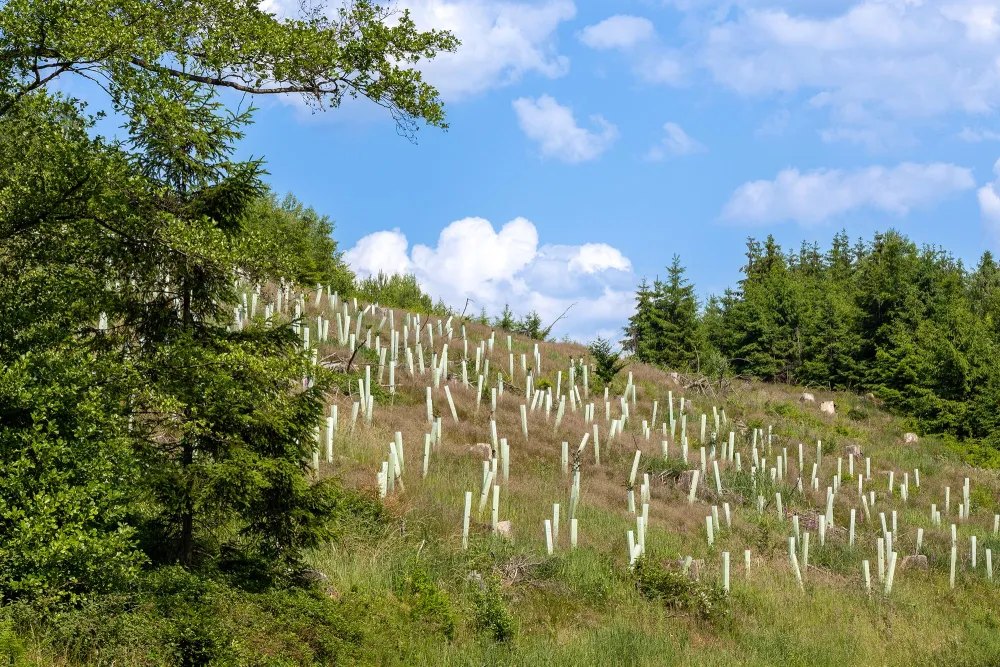Now live: The 2025 Canopy Report. Learn how Americans see trees. GET THE REPORT
Bulletin
Using Standards and Best Management Practices
The use of ANSI A300 standards and the series of accompanying best management practice publications is a sign of professionalism and a sure way to elevate tree practices in any community.

Imagine trying to buy a ceiling or lamp lightbulb if every socket were a different size and thread configuration.
Or trying to order a new pair of work boots if each store had a different way of describing how they fit. Standards have been created to help people communicate effectively and to facilitate compatible operations and relationships.
In the tree care industry, attempts at standardization began decades ago. However, according to Bob Rouse of the Tree Care Industry Association, different organizations had different ideas about what the standards should be, and they set them accordingly. “They were all created by well-meaning people, but in 1991 we were able to get everyone together at the table and unify,” Rouse said. This was done under the auspices of the American National Standards Institute (ANSI), the administrator and coordinator of a voluntary private sector system that has essentially brought order to chaos. Representatives of nearly 1,000 companies and agencies form committees that meet and come to a consensus over definitions and science-based procedures within their professional areas of interest.
Of interest to arborists and urban foresters are the standards assigned the designation A300 under the title Tree, Shrub, and Other Woody Plant Management — Standard Practices. These are broken down into 10 parts, each developed by a wide range of representatives and coordinated by a permanent committee known as the Accredited Standards Committee. TCIA is the organization accredited by ANSI to do this important work. The committee meets twice a year to review and revise standards as necessary and always invites input from others in the green industry.
In this issue, the 10 ANSI A300 standards are listed. For each, the International Society of Arboriculture has produced a best management practices publication that provides how-to information that serves as guidance in implementing the standard in the field. These sets of documents should be part of the library of every tree board, arborist, urban forester, grounds manager, and — in short — anyone who works with trees.
In This Bulletin
Here’s what’s inside:
- What You Should Know About the A300 Standards – understanding this foundation for urban forestry
- ANSI A300 Standards and Accompanying BMPs – outlining the 10 A300 standards and the best management practices that go with them
- Additional Standards and BMPs – two other important standards
